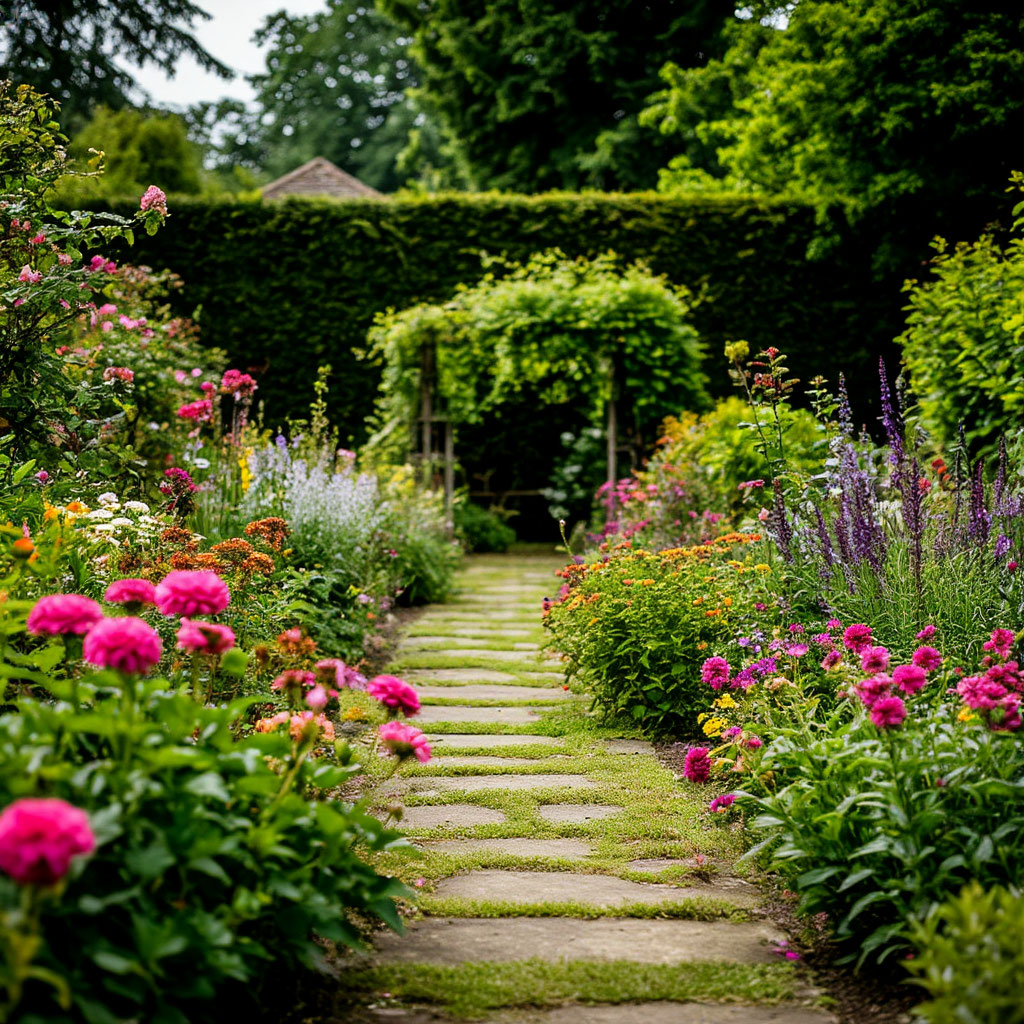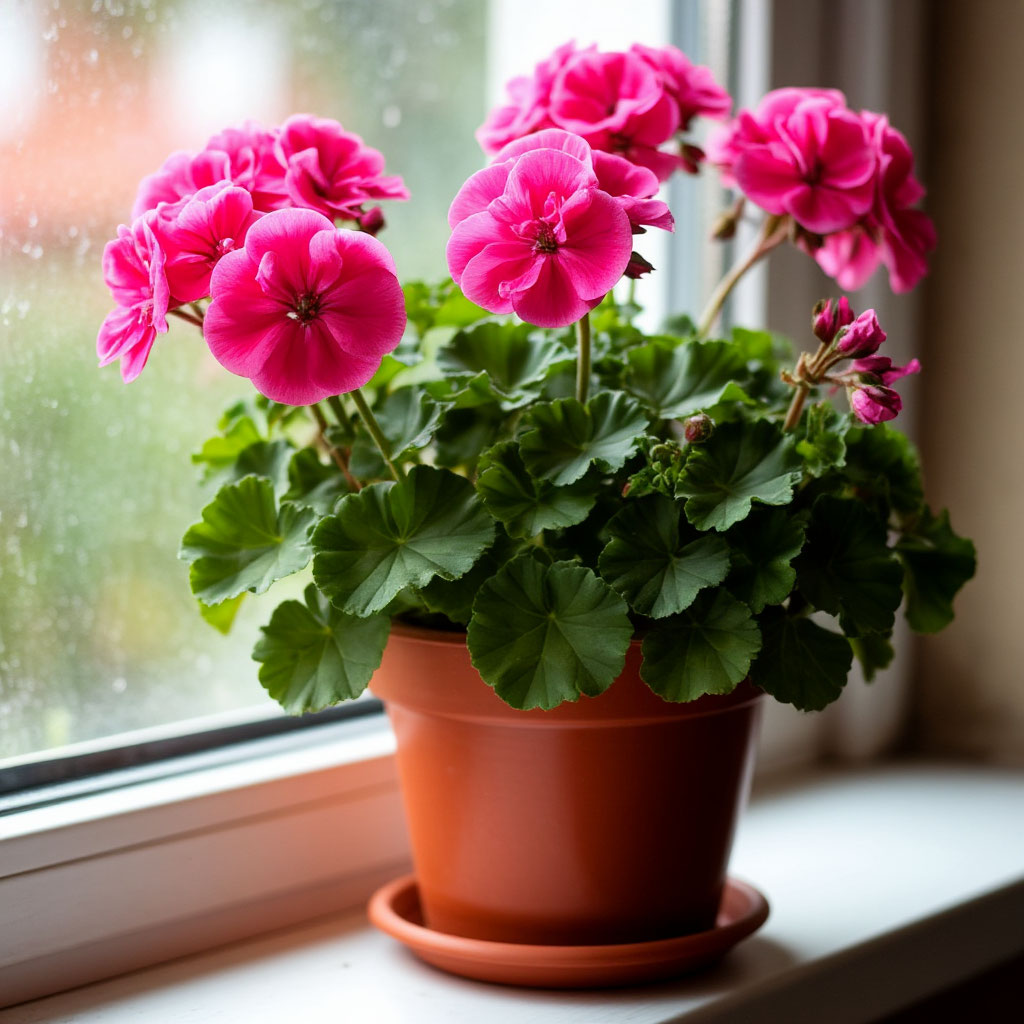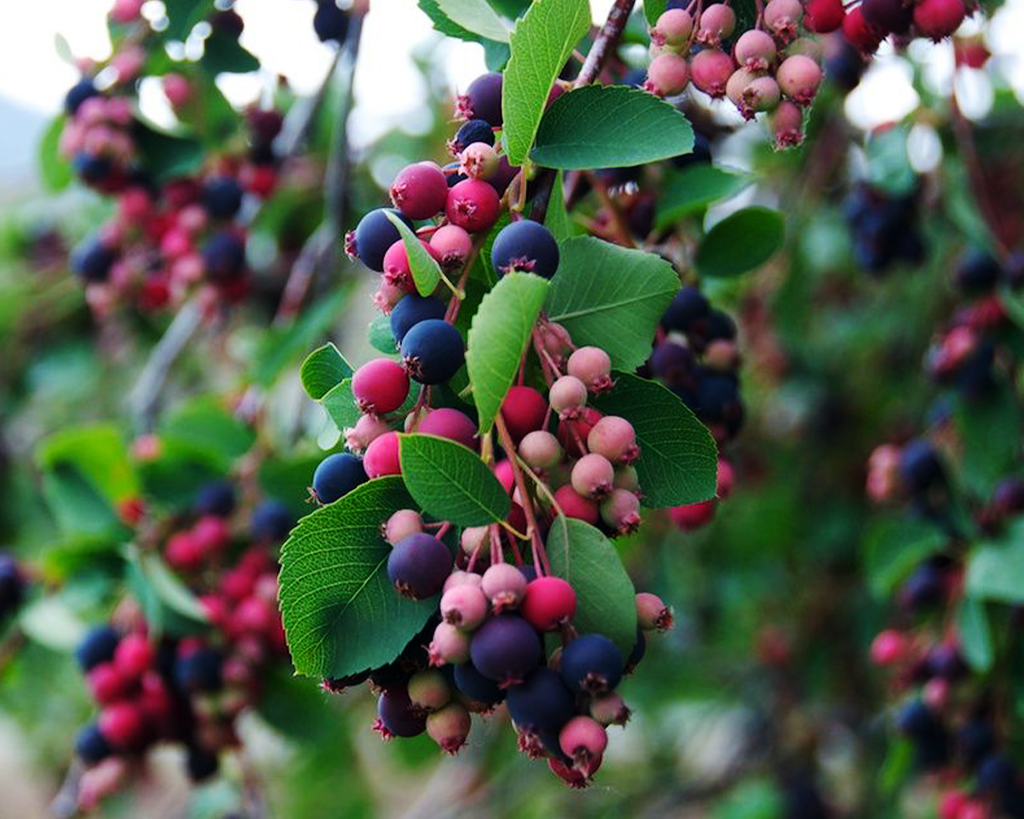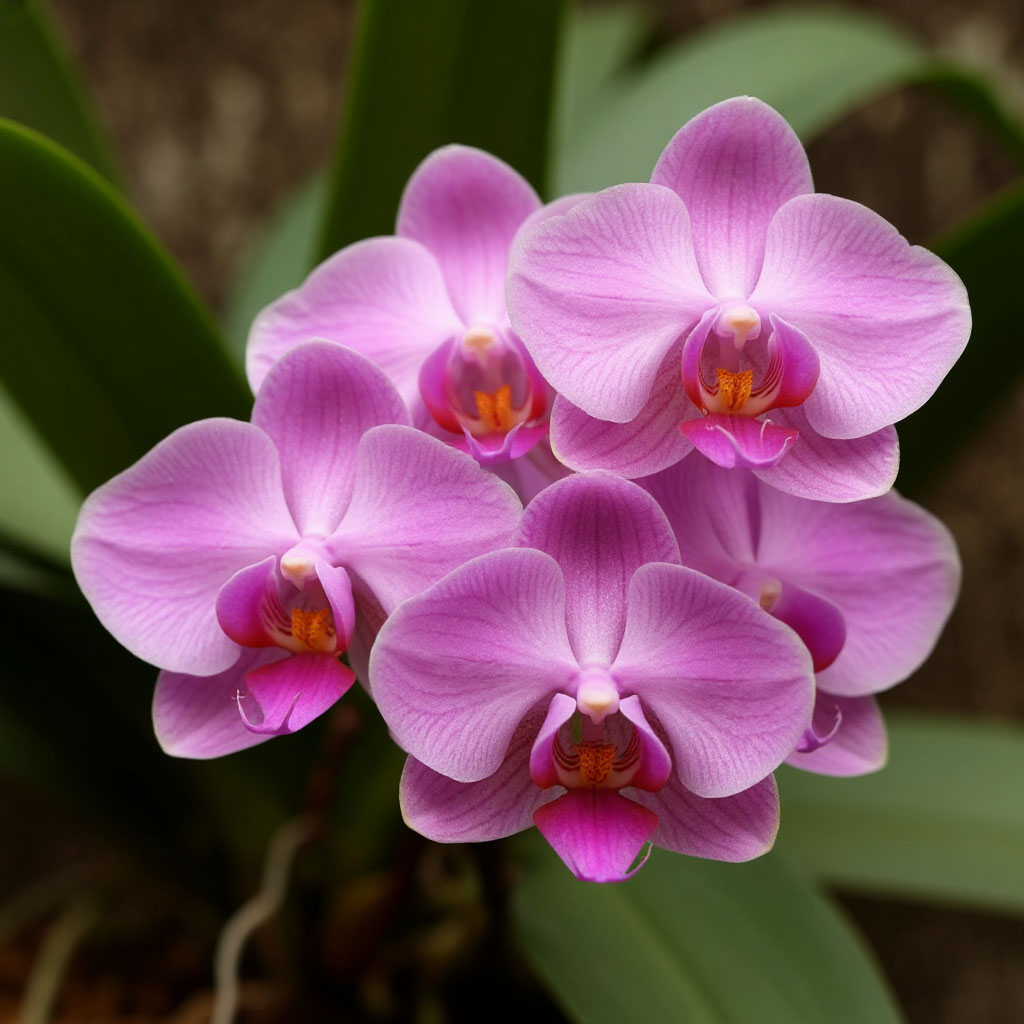Every gardener dreams of a rich harvest and lush flowering of plants. This can be achieved with the help of natural fertilizers, which are easy to prepare yourself. In this article, we will tell you how to prepare fertilizer for the garden from the available components: compost, nettle, ash and other organic materials. Such top dressing not only saves the budget, but also improves the structure of the land, increases its fertile properties.
At the end you can download a brochure in which you’ll find a safety and decisions checklist, NPK basics with organic and mineral sources, application methods, an easy rate calculation with a worked example, typical targets by crop, and a small fertilizer-mix worksheet.

Natural fertilizers for the garden
The use of natural fertilizers is a proven way to improve soil fertility without harming the environment. Such top dressing does not contain chemical components, is safe for plants and humans, and contributes to the development of beneficial microflora in the ground. If you are looking for how to prepare fertilizer for the garden from improvised materials, you should pay attention to organic waste that is available in every household.
One of the most affordable options is compost, which can be made with your own hands from plant residues. For this purpose, mown grass, fallen leaves, food waste (except meat and fat), as well as crushed branches are suitable. Compost not only saturates the soil with nutrients, but also improves its structure, making it more loose and moisture-intensive.
Another effective natural fertilizer is nettle infusion, which is rich in nitrogen, iron and other trace elements. For its preparation, fresh nettles (without seeds) are poured with water and infused for 10-14 days, stirring occasionally. The resulting concentrate is diluted in a ratio of 1:10 and used for watering plants under the root. This is an excellent top dressing for tomatoes, cucumbers and other vegetable crops.
Wood ash is also a valuable product for gardeners. It contains potassium, phosphorus and calcium. These trace elements are necessary for plants to grow and bear fruit. Ash can be applied in dry form (scattering on the beds) or prepare an ash infusion (1 cup per 10 liters of water). Potatoes, peppers, and berry bushes respond particularly well to this fertilizer.
In addition, in the garden, you can use rotted manure (cow, horse) or chicken droppings, which must be diluted with water before use, so as not to burn the roots of plants. These organic fertilizers are especially useful when preparing beds in the spring, as they saturate the soil with nitrogen and other nutrients.
Thus, natural fertilizers mean saving money, taking care of the health of the soil and the future crop. Using compost, nettles, ash and other organic materials, you can prepare effective top dressing with your own hands and achieve excellent results in gardening.
How to make compost with your own hands
Compost is one of the best fertilizers for the garden, which restores soil fertility. To prepare it, you will need:
- Green components (grass, vegetable peelings, tops) are a source of nitrogen.
- Brown components (dry leaves, twigs, paper) – provide carbon.
- Earth or ready-made compost-accelerates the decomposition process.
Step-by-step instructions on how to prepare fertilizer for the garden
- Choose a location for the compost pile or crate.
- Alternate layers of green and brown materials.
- Periodically moisten the pile and turn it over with a pitchfork for aeration.
- After 6-12 months, the compost will be ready.
The finished compost has a crumbly structure and a pleasant earthy smell.
Organic top dressing for plants

Organic fertilizers are natural substances of plant or animal origin that improve the structure of the soil and provide plants with the necessary nutrients. Unlike mineral fertilizers, they act more gently, do not cause the accumulation of nitrates in the fruit and maintain the natural fertility of the soil. If you do not know how to prepare fertilizer for the garden with your own hands, consider the following options for organic fertilizing.
Manure and bird droppings
These fertilizers contain a lot of nitrogen, so they are used in a rotted form or in the form of infusions.
How to apply it:
- Cow or horse manure-diluted 1:10, insist a week.
- Chicken manure – more concentrated, diluted 1:20.
- Humus (manure aged for 2-3 years) – put under digging (4-6 kg per 1 m2).
What plants are suitable for:
- Pumpkin seeds (cucumbers, zucchini).
- Cabbage.
- Fruit trees and shrubs.
Green manure products
Green manure – plants that are grown for subsequent embedding in the soil as a green fertilizer.
Best green manure products:
- Mustard-enriches the soil with phosphorus and sulfur.
- Lupine – stores nitrogen.
- Phacelia-improves the soil structure.
How to use it:
- Sow green manure in spring or autumn.
- Mow it down until it blooms.
- Plant in the soil or leave as mulch.
Advantages:
- They suppress weeds.
- Loosen heavy soils.
- Protect against pests.
Organic top dressing for plants is a safe and affordable way to increase yields without chemicals. Using compost, manure, ash, nettles and green manure, you can prepare an effective fertilizer for the garden with your own hands. The main thing is to observe the dosage and timing of application, so as not to harm the plants. Regular use of organic matter will make the soil fertile, and the harvest-plentiful and environmentally friendly!
Nettle and ash fertilizers
Natural fertilizers such as nettle infusion and wood ash are a real godsend for gardeners who care about the environmental friendliness of their crops. These affordable and effective top dressings contain the full range of nutrients that plants need for active growth and fruiting..
Nettle fertilizer

It is considered one of the most valuable organic fertilizers. This is due to the unique chemical composition of common stinging nettle, which contains:
- Nitrogen (up to 3%) is the most important element for the growth of green mass
- Iron (up to 0.2%) – necessary for photosynthesis
- Potassium (1.5%) – responsible for flowering and fruiting
- Manganese and copper are important trace elements
- B and K vitamins
- Organic acids
To prepare the infusion, it is better to use young nettles collected before the formation of seeds. A bucket or barrel is 2/3 filled with chopped herbs, filled with water (preferably rain or settled), leaving about 10 cm to the edge for the fermentation process. To speed up fermentation, you can add:
- 100 g of yeast
- Slices of black bread
- A glass of jam or sugar
The container is covered with a net (not a lid!) and keep in a warm place for 10-14 days, stirring the contents daily. The finished infusion gets a dark color and stops foaming. Before use, it is filtered and diluted with water in a ratio of 1:10 for root dressing or 1:20 for leaf spraying.
Wood ash
This is no less valuable fertilizer, which is a concentrate of mineral substances. It consists of:
- Potassium (up to 35% in hardwood ash)
- Phosphorus (up to 7%)
- Calcium (up to 40%)
- Magnesium, boron, zinc and other trace elements
The maximum value is represented by ash from incineration:
- Deciduous trees (especially birches)
- Of the grapevine
- Sunflower seeds
- Buckwheat straw
To prepare an ash solution, 1 cup of sifted ash is poured with 10 liters of warm water and infused for 3-4 days, stirring occasionally. This infusion is especially useful for:
- Tomatoes and peppers (improves fruit flavor)
- Root vegetables (increases sugar content)
- Kale (protects from kila)
- Fruit trees (increases winter hardiness)
Dry ash is applied when digging the soil (100-200 g / m2) or directly into the holes when planting (1-2 tablespoons). It is important to remember that ash should not be mixed with nitrogen fertilizers (manure, urea) – 2-3 weeks should pass between their application.
The combination of nettle infusion and ash gives a stunning effect:
- Spring-nettle infusion stimulates growth
- During the budding period – ash promotes flowering
- During fruiting – complex top dressing improves the quality of the crop
These fertilizers are especially useful on poor soils, as they not only nourish plants, but also improve the soil structure, activate the soil microflora. With regular use of nettles and ash, you will notice:
- Increase in yield by 30-40%
- Improving the taste of fruits
- Increasing plant resistance to diseases
- Reducing the number of pests
The advantage of these top-ups is their absolute safety for humans and the environment. Unlike chemical fertilizers, they do not accumulate in fruits, do not cause root burns when used correctly, and are available to every gardener.
How to feed the garden in spring
In the spring, plants especially need nutrients. Best options:
- Nitrogen top dressing (compost, nettle infusion – – for the growth of greenery.
- Potassium and phosphorus (ash, bone meal – – for the root system.
- Humus-improves the soil structure.
In early spring, you can add rotted manure or compost for digging.
Preparing fertilizer for the garden with your own hands is simple and profitable. Natural top dressing, such as compost, nettle infusion and ash, not only nourishes plants, but also heals the soil. Use these recipes and your garden will enjoy a bountiful harvest!
Ready to mix smart? Get the brochure: CD How to Prepare Fertilizer for the Garden — Mini Brochure (PDF).




